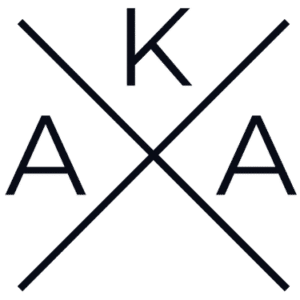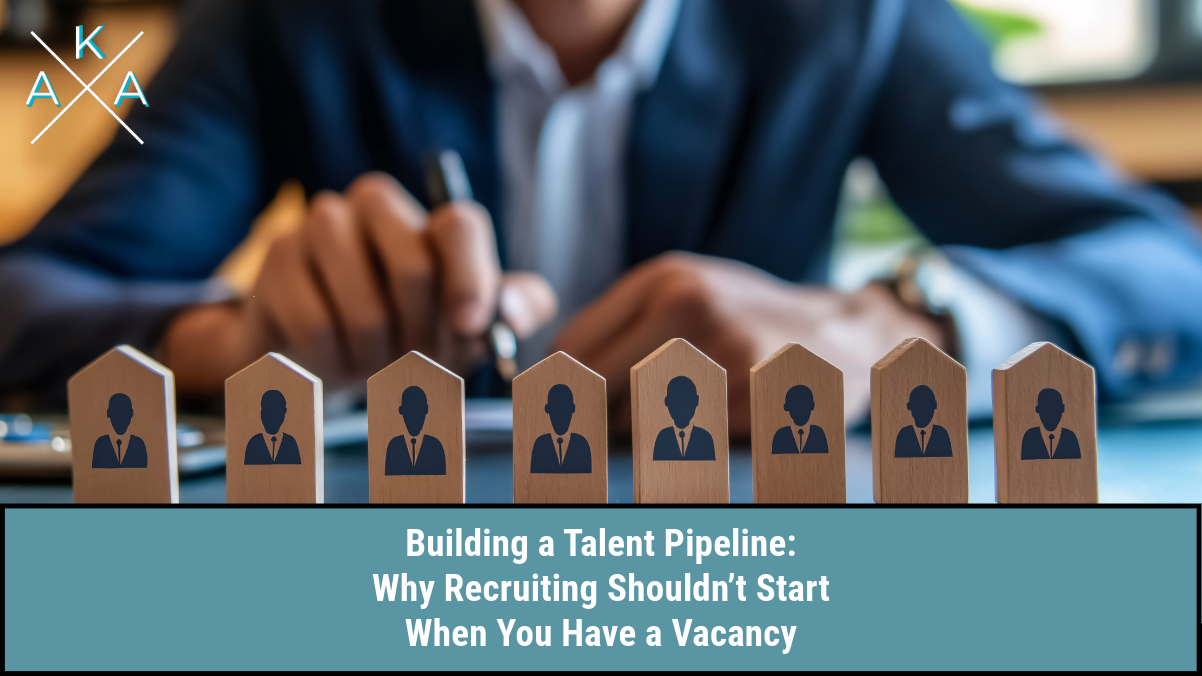Many companies make the mistake of waiting until a role is vacant before they start looking for candidates. This reactive approach often leads to rushed decisions, increased hiring costs, and poor fits. The smartest companies know that recruiting should be ongoing—even when there’s no open seat at the table. That’s why developing a talent pipeline is essential.
A talent pipeline is a proactive hiring strategy. It involves identifying, engaging, and nurturing potential candidates long before you need them. This approach reduces time-to-hire, improves candidate quality, and keeps your business agile in an ever-changing market. Here’s how it works and why it should be a foundational part of your recruitment strategy.
The Cost of Reactive Hiring
When a key employee resigns or your team expands unexpectedly, the pressure is on to fill the position quickly. Without a talent pipeline, businesses often resort to posting a job ad and hoping the right person applies. This reactive method can lead to shallow candidate pools, long delays, and settling for less-than-ideal hires—all of which affect productivity and morale.
Beyond just delays, reactive hiring can cost more money in the long run. Recruitment fees, lost productivity, overtime for current staff, and the risk of a bad hire all add up. By the time a new person is fully trained, the organization has often lost momentum. A talent pipeline helps avoid this by keeping a consistent pool of pre-qualified candidates readily available.
- Hidden expenses: Unplanned vacancies often lead to rushed, expensive hiring decisions.
- Strained teams: Current staff are stretched thin when roles remain vacant too long.
What a Talent Pipeline Really Looks Like
A talent pipeline is more than a collection of résumés—it’s a dynamic, ongoing system. It includes potential candidates at different stages of readiness, from passive professionals keeping tabs on your company to former applicants who made it far in the process but weren’t selected. It may also include referrals, interns, and even industry connections you’ve built over time. A good pipeline has both depth and diversity.
To maintain a strong pipeline, recruiters and hiring managers need to stay in touch with potential candidates regularly. That might mean sending occasional emails, sharing updates about your company, or inviting people to networking events. This way, when a role does open up, you’re reaching out to someone who already knows your brand—and may already be interested.
- Multi-tiered network: A pipeline includes both active job seekers and long-term prospects.
- Engagement matters: Ongoing communication keeps potential candidates warm and receptive.
The Role of Branding and Relationships
Your employer brand plays a crucial role in building a talent pipeline. Even if someone isn’t ready to apply today, they’re paying attention to how your company treats employees, shares its values, and interacts with the outside world. A strong brand creates trust—and trust makes it more likely that top talent will respond when you reach out in the future.
Equally important is the relationship-building aspect of recruitment. A good recruiter doesn’t just fill jobs—they build genuine connections. By investing in conversations, checking in regularly, and offering value beyond job postings, they create a community of potential candidates who feel seen and valued. That community becomes your future hiring pool.
- Brand visibility: Candidates are more likely to join companies they’ve come to trust.
- Meaningful touchpoints: Relationships built over time lead to faster, better hiring outcomes.
Staying Ahead of Growth and Turnover
No company stays exactly the same—teams grow, roles evolve, and people eventually move on. Having a talent pipeline ensures you’re prepared for these shifts. Whether you’re scaling up or replacing someone, you’ll move faster and smarter with a ready list of people who already align with your values and needs.
A proactive approach also allows your business to act on opportunity. If a major contract is signed or you’re expanding into a new market, you won’t be held back by hiring delays. You’ll have a head start because you already know who to call. Talent pipelines make your business more adaptable, strategic, and resilient in the face of change.
- Growth readiness: A strong pipeline supports fast team expansion without compromise.
- Risk mitigation: Preparedness reduces the disruption caused by unexpected turnover.
Conclusion
Starting your recruitment only after a vacancy arises is like digging a well when you’re already thirsty. Building a talent pipeline is a long-term investment that pays off in shorter hiring cycles, higher-quality candidates, and stronger organizational resilience. When you cultivate relationships, share your brand consistently, and engage with top talent even when you’re not hiring, you turn hiring into a strategic advantage.
Make recruiting a proactive, not reactive, part of your business plan—and watch how much smoother and smarter your growth becomes.


